"Education is not the filling of a bucket,
but the lighting of a fire."
--W.B. Yeats
This is an interesting quote, and one that I have seen interpreted to fit (or belittle) just about any educational method. The unschoolers are fond of this, and interpret it to disparage "rote" learning, which is seen as a teacher pouring knowledge into a student.
This is an interesting interpretation to me, this contempt for formal education in the classical sense, one that on the surface seems completely true, but once you scratch the surface it reeks of nonsense. This point of view assumes that "rote" (ie "memorized, measurable knowledge of come fact or concept") is useless and that children can and will not be able to use or apply this knowledge. So they basically threw out the baby with the bucketwater.
How does one light a fire, albeit a metaphorical one?
Well, I don't know about you, but I would start with something fluffy and soft, something that will catch fire fast and burn hot, in other words, tinder. If all you did for 12 years was amass a huge random pile of this fluff, and lit it with a match your fire might look impressive for a short while, but then it would fizzle down to nothing, with not even enough smoldering embers left to light a new fire. This, to me, is what comes of a completely feel-good, wishy-washy, child-driven education. There is a time for gathering tinder (the early years, say before age 7 or 8), and a time to move on.
So what next?
Kindling, of course.
Our budding little fires are not ready for whole logs yet, so what do we do? We gather small twigs of just the right size, and dried enough to burn easily, although not as easily as the tinder. These have the benefit of burning longer and stronger than our tinder, but our fire is still not complete. In other words, we collect for them stories and ideas, facts and people, and help them absorb these into themselves.
If this fire is for an important purpose, we know we must take care and build a structure of solid hardwoods around it next. We use the best quality we have available, and we don't just throw it on top and smother the tender flames, but strategically place each chunk. At this stage we must watch ever so carefully to see that our fire has a solid start, protected from rain and the elements until it becomes strong enough to devour the wood on its own. This is a step almost completely lacking in modern education, a structure, a pattern, and a solid mass of knowledge.
At this point if the surrounding areas are dry and fire-friendly, our fire can now spread out in ways we never imagined, swallowing whole forests and fields that we might have never even seen ourselves.
So this brings me back to my original point, how can we presume to build a fire out of nothing?


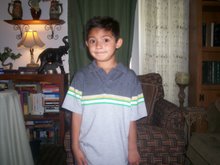
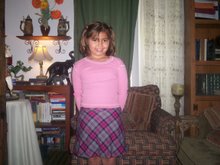

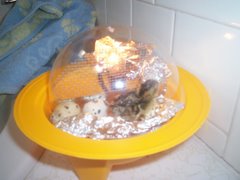
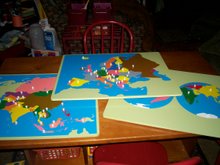
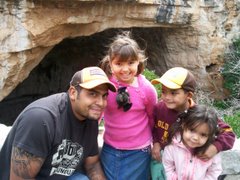
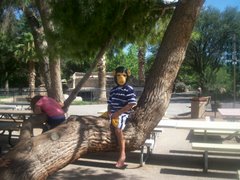
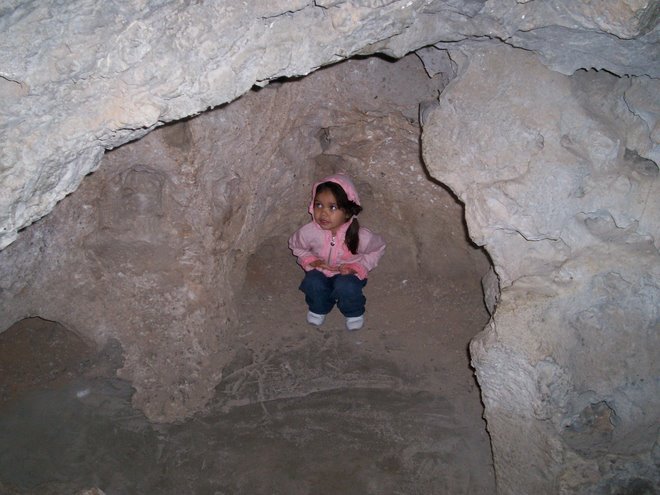
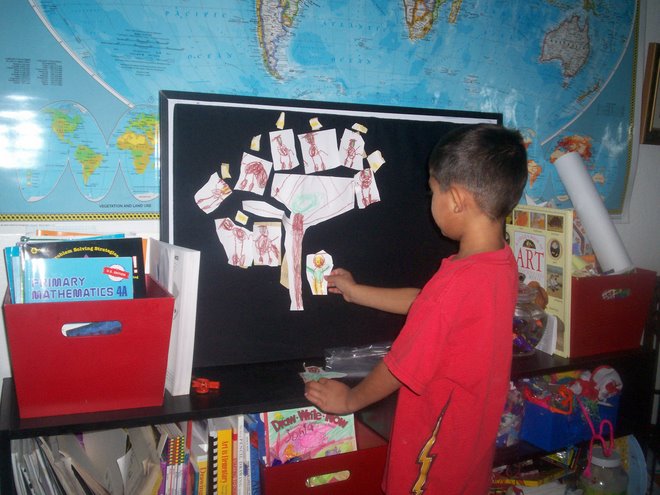
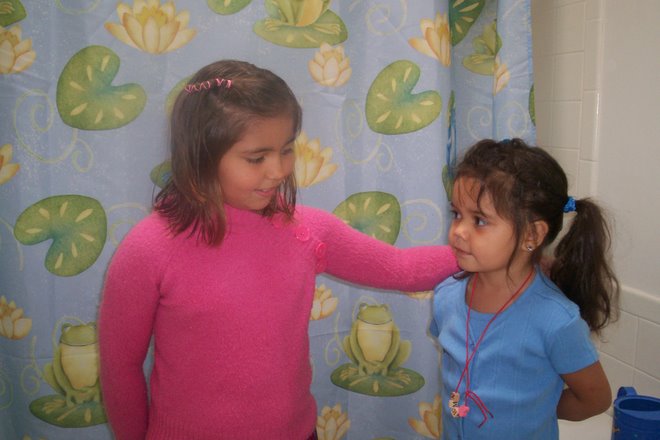
No comments:
Post a Comment